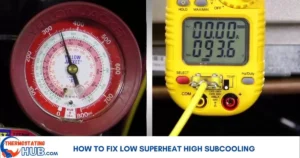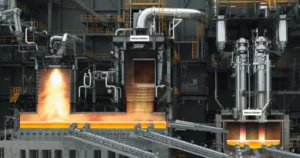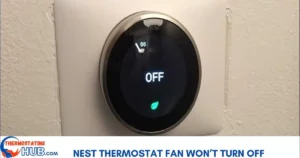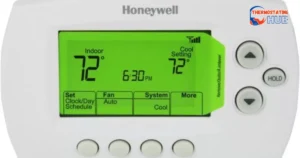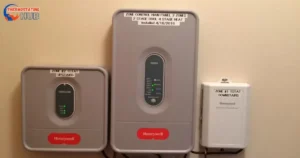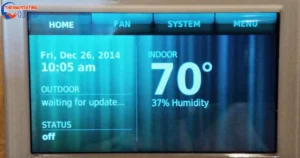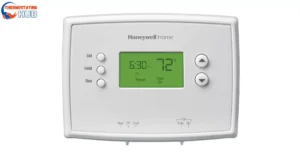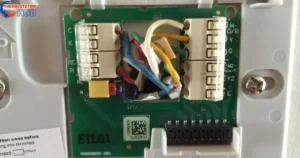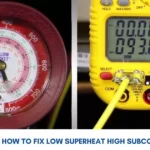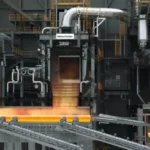If you’re facing Bryant Furnace Code 31, this guide is here to help. We’ll take you through the usual reasons behind a Bryant furnace showing status code 31 and how to troubleshoot and resolve the issue.
Bryant furnace code 31 points to an issue where the pressure switch either didn’t open or reopened during operations. The causes can vary, from blocked or disconnected pressure tubes to a restricted vent, a faulty inducer motor, or a defective pressure switch.
Now, examine this chart displaying potential causes for the error code and their corresponding solutions.
Keep in mind that an additional factor triggering code 31 could be a blocked condensate drain line. Verify that it’s clear and unobstructed for proper furnace functionality.
Stay tuned for updates on this issue. 🔄
Possible causes for Bryant Furnace Code 31
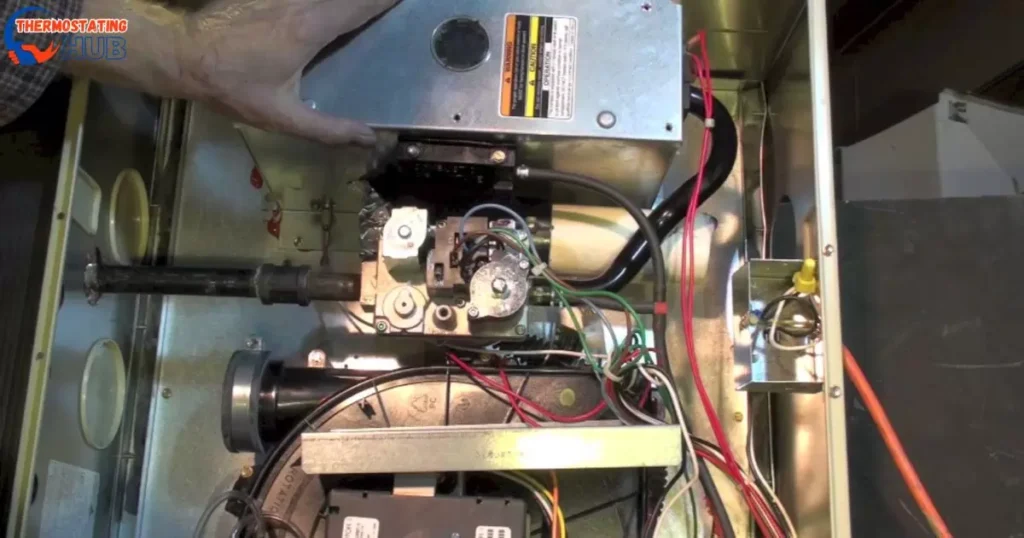
| Possible Cause | Fix |
| Defective Pressure Switch | Test pressure switch, replace if necessary |
| Obstructed Pressure Tubings | Check obstructed vac tubings |
| Defective Inducer Motor | Replace inducer motor |
| Blocked Exhaust Vent | Check for blockage in the exhaust vent |
| Defective Furnace Control Board | Replace the furnace control board |
Expert Tip: Regularly inspect and maintain your furnace components to prevent common errors. A clear condensate drain line is crucial for optimal performance. If issues persist, consult a professional for thorough diagnostics.
Defective Pressure Switch
A Bryant furnace displaying code 31, indicating an “open pressure switch,” might be caused by a malfunctioning pressure switch.
The pressure switch plays a crucial role in ensuring adequate airflow for safe combustion. When this switch is defective or stuck in an open position, it can detect false or unexpected pressure readings. Consequently, this triggers error code 31 as the furnace’s control board interprets it as a potential safety concern, preventing the furnace from starting.
The control board, perceiving insufficient airflow, acts as a safety measure against potentially hazardous combustion conditions. 🚧
Expert Insight: Addressing a faulty pressure switch promptly is essential for the safety and functionality of your furnace. Regularly check and replace malfunctioning components to maintain a reliable heating system.
Obstructed pressure tubings:
Ensure the tubing connecting the pressure switches is not kinked, deteriorated, or filled with water.
Inspect for possible issues like clogged ports where vacuum tubings attach to the switch. Carefully use a paperclip to clear the port where the tubing connects, avoiding insertion into the switch connection. This simple action can often resolve the issue.
Pro Tip: Regularly check the condition of tubings and ports to prevent potential blockages. A quick maintenance routine can help keep your furnace running smoothly.
Defective inducer motor:
The inducer motor plays a crucial role in creating the draft that draws air through the combustion chamber and expels exhaust gases from the venting system.
If the inducer motor malfunctions or operates at an incorrect speed, it fails to perform this essential task. This failure can result in the pressure switch reopening or not closing properly, triggering a code 31 error.
Addressing this issue requires replacing the faulty inducer motor to ensure proper functioning and prevent the recurrence of the error. 🔄
Expert Recommendation: Timely replacement of a malfunctioning inducer motor is key to maintaining the efficiency of your furnace. Regularly monitor the motor’s performance to catch issues early on and avoid disruptions in your heating system.
Defective pressure switch:
To begin troubleshooting, test if the pressure switch is defective.
- Turn off the furnace for approximately 5 minutes, then turn it back on.
- Once the fan starts running, disconnect one of the leads from the pressure switch and connect it to the other lead.
- If the sequence continues, it indicates a potential issue with the pressure switch or possibly a weak fan.
- If the problem persists, the next step involves checking the actual draft pressure on the exhaust, which requires a manometer. However, note that manometers can be expensive.
In the case of a faulty pressure switch, it’s recommended to replace it. This is a cost-effective solution compared to investing in a manometer or a new draft fan, and the pressure switch is a likely culprit in this scenario.
Expert Tip: When dealing with pressure switch issues, a systematic approach like this helps identify the root cause efficiently. Regular testing and replacement of faulty components ensure the smooth operation of your furnace. 🔄
Blocked exhaust vent
A blocked exhaust vent can lead to a furnace pressure switch remaining open, as the obstruction hinders the inducer fan from creating negative pressure.
The pressure switch, detecting an abnormal negative pressure level, activates, closing the circuit and causing the furnace to shut down. If the exhaust flue is obstructed, the pressure switch fails to close, triggering status code 33.
Snow accumulation is a common culprit for blocking the exhaust vent. Regularly inspect the exhaust for any obstructions and clear them as needed to ensure proper furnace operation. ❄️
Pro Tip: Preventive measures, such as checking for exhaust blockages, are crucial to avoiding disruptions in your furnace’s performance. Keep an eye on external factors like snow accumulation to maintain a well-functioning heating system. 🏠
Defective furnace control
The furnace control board serves as the central command system, overseeing various components of a furnace’s operation. It manages processes like ignition, temperature control, and safety mechanisms.
A malfunctioning control board can misinterpret the status of the pressure switch, incorrectly identifying it as open when it is functioning correctly. This disruption in the ignition sequence triggers the code 31 error.
In the event of a faulty furnace control board, the only solution is to obtain a replacement. 🔄
Expert Insight: The control board’s proper functioning is essential for the seamless operation of your furnace. Regularly monitor its performance, and if issues arise, promptly replace the control board to avoid errors like code 31. 🌐
Exploring Future Innovations in Bryant Furnace Code 31 Technology
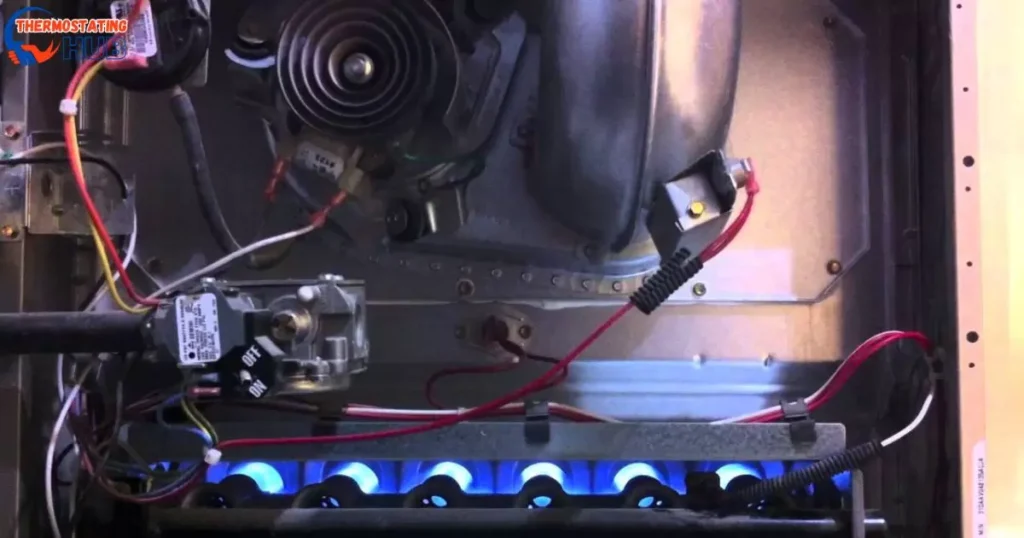
As technology continues to advance, the field of heating systems, including troubleshooting codes like Bryant Furnace Code 31, is likely to witness notable innovations.
Anticipated Innovations:
Advanced Diagnostic Systems: Future furnace systems may incorporate more sophisticated diagnostic tools, enabling precise identification of issues leading to Code 31. This could streamline troubleshooting processes and expedite solutions.
Smart Sensors and Connectivity: Integration of smart sensors and connectivity features may allow for real-time monitoring and remote diagnostics. Homeowners could receive instant notifications about potential issues, facilitating prompt action to prevent disruptions.
Machine Learning Algorithms: Implementing machine learning algorithms could enhance the predictive capabilities of furnace systems. The technology might foresee potential pressure switch malfunctions before they trigger Code 31, allowing for proactive maintenance.
Read also: Nest Thermostat Not Heating
Challenges:
Cost Implications: The integration of advanced technologies often comes with increased costs. Balancing affordability while incorporating cutting-edge features will be a challenge for manufacturers.
Compatibility: Ensuring compatibility with existing furnace systems and components could pose challenges during the transition to more innovative technologies.
User Education: As furnace systems become more advanced, educating users about the new features and troubleshooting methods will be crucial to harness the full benefits of these innovations.
Expert Insight: The future of Bryant Furnace Code 31 technology holds promising advancements. Homeowners can look forward to more efficient and user-friendly systems backed by intelligent diagnostics and connectivity for enhanced convenience and peace of mind. 🚀
Unveiling the Pros and Cons of Bryant Furnace Code 31
| Pros of Bryant Furnace Code 31 | Cons of Bryant Furnace Code 31 |
| 1. Safety Indicator: Signals potential safety issues. | 1. Disruption in Operation: This leads to a furnace shutdown. |
| 2. Diagnostic Tool: Aids in identifying specific problems. | 2. Complex Diagnosis: Requires expertise and tools. |
| 3. Preventive Maintenance: Resolving issues improves longevity. | 3. Potential Cost: Addressing issues may incur additional costs. |
Expert Perspective: Proactive maintenance, coupled with a swift response to error codes like 31, ensures a consistently functional furnace. Seek professional assistance if needed to address underlying issues and keep your heating system in top condition.
Unlocking Bryant Furnace Code 31: Key Features that Set the Standard in Heating Technology
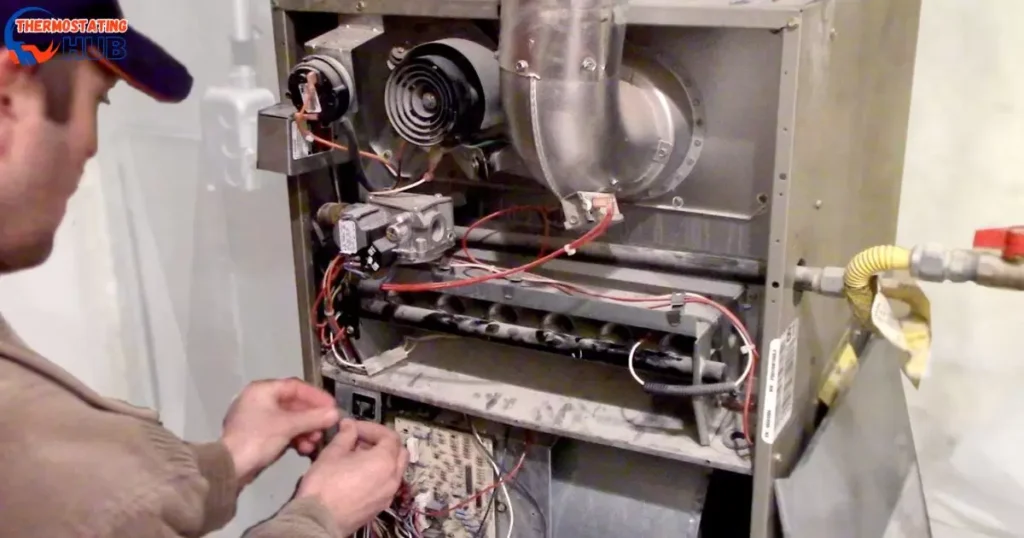
Bryant Furnace Code 31, indicative of an “open pressure switch,” is associated with several key features that exemplify the standard in heating technology.
1. Advanced Error Detection:
Bryant Furnace Code 31 serves as an advanced error detection mechanism, promptly identifying issues related to the pressure switch or associated components. This feature enhances the safety and efficiency of the heating system.
2. Safety Protocols:
The code acts as a safety protocol, preventing the furnace from operating under conditions that could compromise safety. This commitment to safety ensures the well-being of homeowners and the longevity of the heating system.
3. Diagnostic Precision:
The error code facilitates precise diagnostics, aiding technicians and homeowners in pinpointing the exact cause of the issue. This level of precision streamlines troubleshooting and accelerates the resolution process.
4. Integration of Smart Technologies:
Future iterations may integrate smart technologies, allowing for remote monitoring and control. Homeowners can receive real-time alerts about potential issues, enabling proactive measures to address them before Code 31 occurs.
5. User-Friendly Maintenance:
The features associated with Code 31 are designed with user-friendly maintenance in mind. Clear indications and diagnostic information empower homeowners to take informed actions or seek professional assistance efficiently.
6. Continuous Improvement:
As technology evolves, Bryant continuously updates and improves its furnace systems. This commitment to innovation ensures that homeowners benefit from the latest advancements, providing a reliable and efficient heating solution.
Expert Perspective: Bryant Furnace Code 31 showcases a commitment to safety, precision, and user-friendly maintenance. As heating technology continues to advance, these key features set the standard for an industry that prioritizes efficiency, safety, and ease of use. 🔍🌐
Answers To Key Questions
What is a code 31 on a furnace?
A code 31 on a furnace typically indicates a pressure switch fault. This could be due to issues with the venting system, pressure switch, or inducer motor. Professional assistance is recommended for diagnosis and resolution.
Why is my furnace flashing a 31 code error carrier?
A 31 code error on a Carrier furnace often points to a pressure switch problem. It’s advisable to check the venting system, pressure switch, and inducer motor for issues. Professional HVAC service is recommended for a precise diagnosis and repair.
What is the code 3 1 on a Bryant furnace?
The code 31 on a Bryant furnace also refers to a pressure switch issue. This code suggests problems with the venting system, pressure switch, or inducer motor like Carrier furnaces. Seeking professional assistance is advised for proper troubleshooting and repair.
What is the code 1 3 on a Carrier furnace?
A code 13 on a Carrier furnace usually indicates a limit switch lockout. This could be due to issues such as a dirty air filter, blocked air ducts, or problems with the blower motor. A professional inspection is recommended to identify and address the specific cause of the error.
Final Thought
Tackling the Bryant Furnace Code 31 challenge involves a systematic approach to identifying and addressing potential issues. Whether dealing with a defective pressure switch, obstructed tubings, a malfunctioning inducer motor, or a blocked exhaust vent, timely maintenance and replacement of faulty components are crucial.
Remember, a well-maintained furnace ensures not only safety but also optimal performance.
To comprehensively understand the error and its solutions, dive into the complete article. The detailed insights provided will equip you with the knowledge to navigate these furnace complexities, maintaining a warm and cozy home efficiently. Happy troubleshooting! 🌟

I’m Matthew Porter, the HVAC enthusiast at thermostatinghub.com. Beyond being a writer, I’m your dedicated problem solver for all things heating and cooling. Join me on my blog for a storytelling adventure through the HVAC universe. Together, let’s transform your comfort challenges into tales of coziness!
![Bryant Furnace Code 31 [Fixed]](https://thermostatinghub.com/wp-content/uploads/2023/12/bryant-furnace-code-31-fixed.webp)



